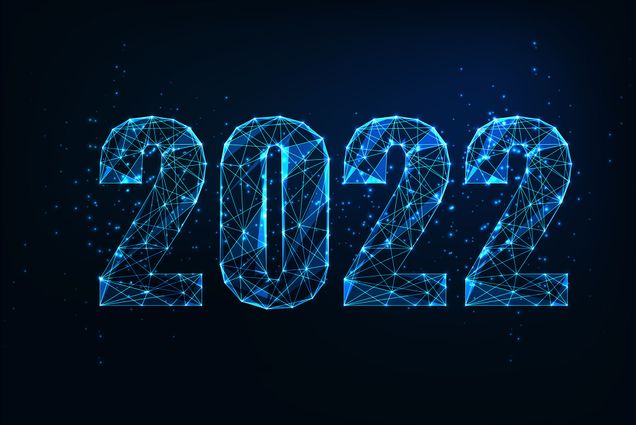Optogenetics
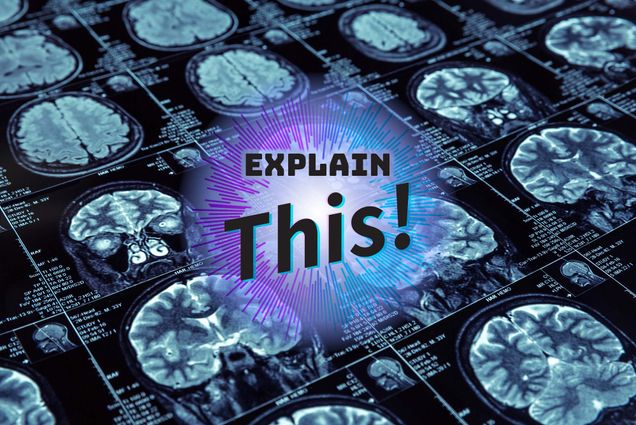
Listen Now
How Do Memories Work?
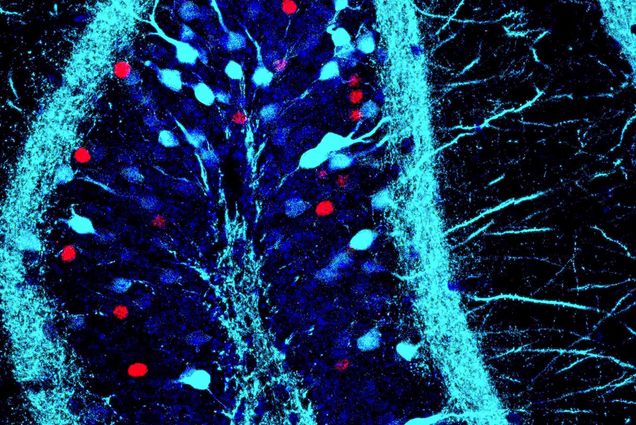
Memory Manipulation
Unlocking the Power of Our Emotional Memory

Neuroscience
How Do You Manipulate a Memory?
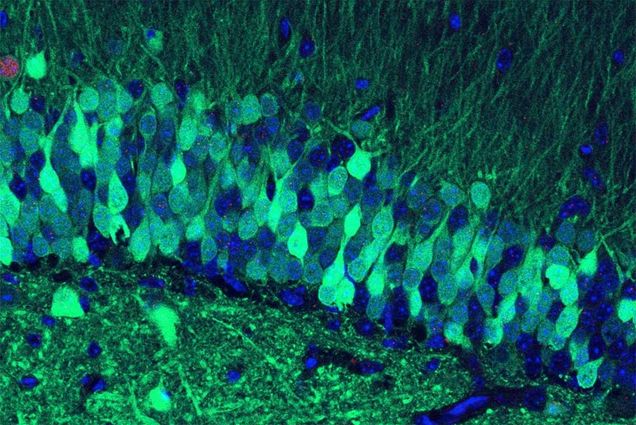
Neuroscience
Proof It’s Possible to Enhance or Suppress Memories

Neurotechnology
NSF Grant Will Advance Study of the Cocktail Party Effect
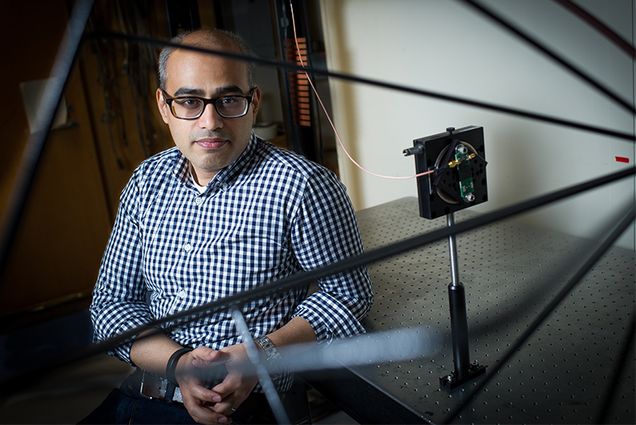
Physics
Building a Wireless Micromachine

Optogenetics
